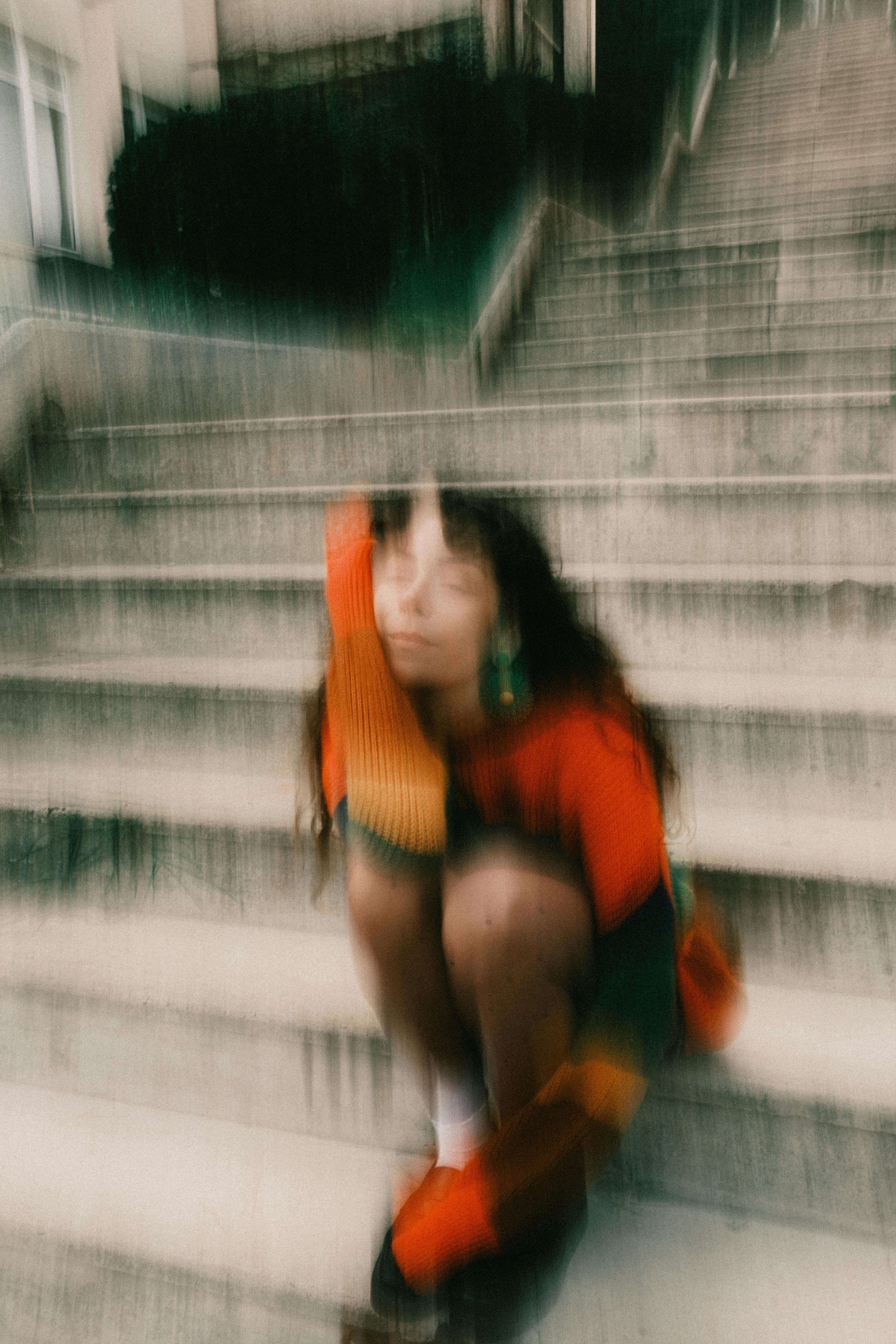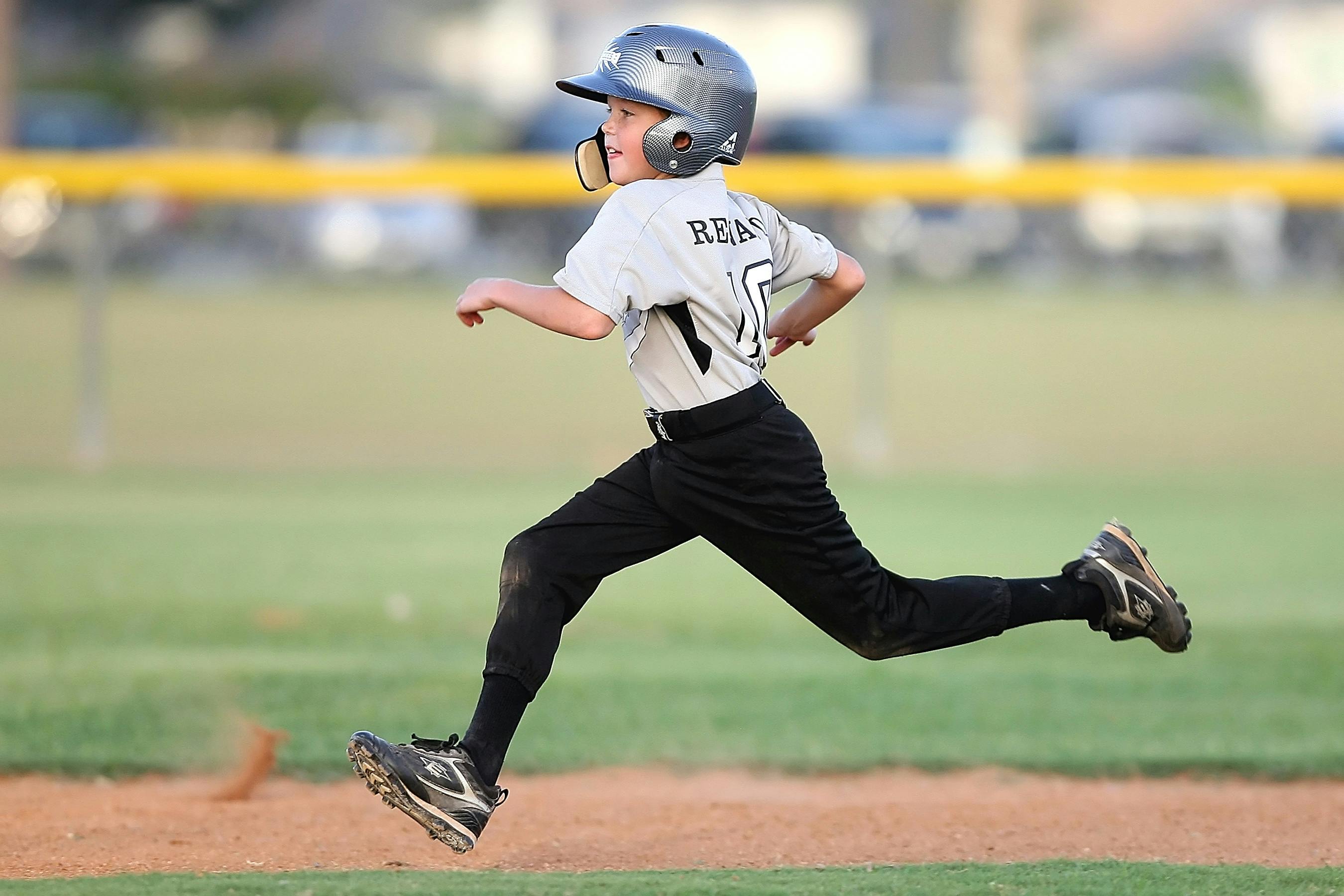
Smart Ways to Optimize Your Pea Puffer Tank in 2025
Setting up a pea puffer tank requires a thoughtful approach to ensure the well-being of these delightful little fish. Known for their playful behavior and charming personalities, pea puffers (Tetradon lorteti) are a popular choice among freshwater aquarium enthusiasts. In this article, we will explore various aspects of creating the ideal habitat for your pea puffers, covering everything from tank size to water conditions and feeding practices.
Understanding how to properly care for these fish is essential for their health and longevity. By optimizing your pea puffer tank setup, you can create an environment conducive to their natural behaviors, thus enhancing both their quality of life and yours as an aquarist. Here, we will outline key strategies for setting up and maintaining an optimal tank for pea puffers, covering the best tank mates, water conditions, and feeding practices.
Key takeaways will also include tips on controlling algae, ideal tank decorations, and understanding behavioral signs that indicate your pea puffers are thriving. Let’s dive into the essential components that contribute to a successful pea puffer tank setup!
Essential Guidelines for Pea Puffer Tank Setup
Building the perfect pea puffer tank setup is the cornerstone of their welfare. This section will discuss the necessary tank specifications, substrate choices, and environmental considerations that will help these unique fish flourish.
Tank Size for Pea Puffers
When selecting a tank for pea puffers, size matters significantly. A minimum of 10 gallons is advised for a small group of pea puffers. However, larger tanks can reduce stress and facilitate more natural behaviors. A tank size of up to 20 gallons can comfortably accommodate a small community and also provide better stability in water conditions.
A larger tank allows for more room to explore and establish territories, which is important given the social behavior of these fish. Additionally, it can support a variety of healthy tank mates, enhancing the tank's overall vibrancy and function.
Substrate Choice and Tank Landscaping
Choosing the right substrate is crucial for the pea puffers' habitat. A fine, soft substrate is recommended as it allows for natural digging and burrowing behavior. Sand or fine gravel works well, as sharp substrates can injure the delicate bodies of these fish. Furthermore, incorporating live plants can create a more natural environment while aiding in water quality management.
Landscaping your tank with hiding spots, such as caves and driftwood, can reduce stress levels and replicate their natural habitat. This enhances environmental enrichment and encourages natural behaviors observed in the wild.
Water Conditions and Parameters
Maintaining optimal water conditions is vital for the health of pea puffers. They thrive in slightly acidic to neutral pH levels, ideally between 6.5 and 7.5. Additionally, it's essential to keep the water temperature stable between 75°F and 80°F (24°C - 27°C) for optimal health. Regular water changes and quality tests are key in maintaining these parameters.
Monitoring ammonia, nitrite, and nitrate levels should be part of your routine care to ensure unhealthy spikes do not occur. This will prevent potential health issues that can be commonly associated with poor water quality.
Feeding and Nutrition Strategies for Pea Puffers
Feeding is one of the most enjoyable aspects of keeping pea puffers. Their diet should reflect their natural feeding habits, focusing on a balanced variety of foods. This section will guide you on the best dietary practices and feeding frequency for your pea puffers.
Best Foods for Pea Puffers
A well-rounded diet is crucial for pea puffers. They enjoy a mix of high-quality pellets, frozen foods, and live treats. Suitable live food can include aquatic worms, mosquito larvae, and even very small crustaceans. Such dietary diversity not only supports their health but also caters to their natural foraging behaviors.
In addition to live foods, high-protein pellets designed specifically for puffers can serve as a staple food source. Make sure to choose foods that are appropriately sized to prevent choking hazards and encourage a healthier feeding experience.
Feeding Frequency and Strategies
Feeding pea puffers once or twice daily is ideal, ensuring small portions that they can consume within a few minutes. Overfeeding can lead to poor water quality, increased waste, and obesity in fish. Observing their eating habits will help you gauge their feeding needs.
Implementing a schedule and varying their diet will encourage healthy munching habits, ultimately reducing stress and enhancing their overall well-being in the tank.
Common Feeding Mistakes to Avoid
One of the most common mistakes aquarists make is overfeeding their pea puffers. Not only can this lead to health complications, but it can also compromise water quality. Make it a point to feed only what they can eat within a reasonable time frame.
Another issue is ignoring the importance of high-quality foods. Always choose reputable brands that cater specifically to the dietary needs of puffers, as their nutritional requirements can differ significantly from other fish.
Tank Mates for Pea Puffers: Compatibility Insights
Choosing the right tank mates is essential to prevent stress and aggression. This section will delve into suitable companions for your pea puffers, focusing on compatibility factors and behavioral traits.
Optimal Tank Mates for Peaceful Coexistence
Pea puffers are generally community-friendly when paired with the right species. Suitable tank mates include small, peaceful fish such as Neon Tetras, Gouramis, and certain types of Rasboras. It’s important to avoid larger or more aggressive species that may intimidate or harm your puffers.
Compatibility Charts and Behavioral Indicators
Utilizing fish compatibility charts can provide insights into which species may thrive alongside pea puffers. Observing behavioral traits such as nipping or hiding can indicate stress situations that arise from incompatibility. Ensuring that tank mates can coexist peacefully will contribute greatly to your tank's success.
Signs of Stress in Pea Puffers
Understanding stress indicators in your pea puffers can help you intervene early. Behavioral signs such as excessive hiding, changes in eating habits, or abrupt swimming patterns may suggest that your fish are not comfortable in their environment. Address these issues promptly to prevent health complications.
Maintaining Water Quality in Your Pea Puffer Tank
Consistently maintaining water quality is a core aspect of pea puffer care. This section will outline effective strategies for keeping your aquarium clean and ensuring optimal living conditions.
Tank Filtration Options
Choosing an effective filtration system is essential for maintaining clean and healthy water. Consider using a canister filter or a sponge filter, which provides adequate mechanical and biological filtration without creating strong currents that may distress your pea puffers. Regular filter maintenance and cleaning are key to ensuring sustainability.
Controlling Algae in Your Puffer Tank
Algae can quickly become a problem in any aquarium setting. Incorporating aquarium plants and algae-eating species can help control algae growth. Furthermore, maintaining proper light levels and minimizing nutrient overload can significantly reduce algae issues.
Regular Tank Maintenance and Water Testing
Routine water testing is vital for bacteria and chemical balance. Karbon and nitrate levels can fluctuate, necessitating regular checks and adjustments accordingly. Implementing a tank cleaning schedule, including substrate siphoning and water changes, will go a long way in preserving a healthy environment.

Creating the Ideal Pea Puffer Breeding Environment
Breeding pea puffers can be a rewarding aspect of aquarium keeping. This section will provide insights into establishing a breeding setup as well as care for the fry once they hatch.
Breeding Tank Setup
To encourage successful breeding, setting up a separate breeding tank is advised. This can be a smaller, well-planted tank that mimics their natural habitat. Provision of flat surfaces and appropriate hiding spots will help create a conducive breeding environment.
Caring for Fry
Once breeding occurs, caring for the fry becomes paramount. A fry-safe tank with appropriate feeding sources, such as infusoria and finely crushed flakes, will support their growth and health. Keeping a close eye on water conditions will also promote successful growth rates.
Breeding Habits and Indicators for Success
Observing breeding behavior can be fascinating! Signs that your puffers are ready to breed include increased aggression among males and interest from females. Ensuring a spacious environment helps facilitate these natural behaviors.

Understanding Pea Puffer Health Management
Maintaining a healthy pea puffer population involves not only providing the right environment but also recognizing signs of health issues. This final section will offer advice on health management and common disease prevention strategies.
Common Diseases in Pea Puffers
Pea puffers, like most fish, are susceptible to several health issues, including ich and velvet disease. Understanding these common ailments can help you take preventative measures, such as proper water quality and stress management.
Health Management Practices for Puffers
To ensure your puffers stay healthy, regular health check-ups and quarantine procedures when introducing new fish are strongly recommended. Monitoring their physical appearance, appetite, and behavior can help identify issues early on.
Key Indicators of Fish Health
Observing your pea puffers for signs of distress is important. Healthy puffers will exhibit vibrant colors, active swimming patterns, and normal feeding behavior. Conversely, lethargy or fading colors may indicate underlying health problems requiring immediate attention.
With these optimized practices in mind and a clear understanding of your pea puffers' needs, you’ll create a thriving tank environment. Cherish the beauty and unique behavior of your pea puffers while ensuring they enjoy a healthy, enriching life!